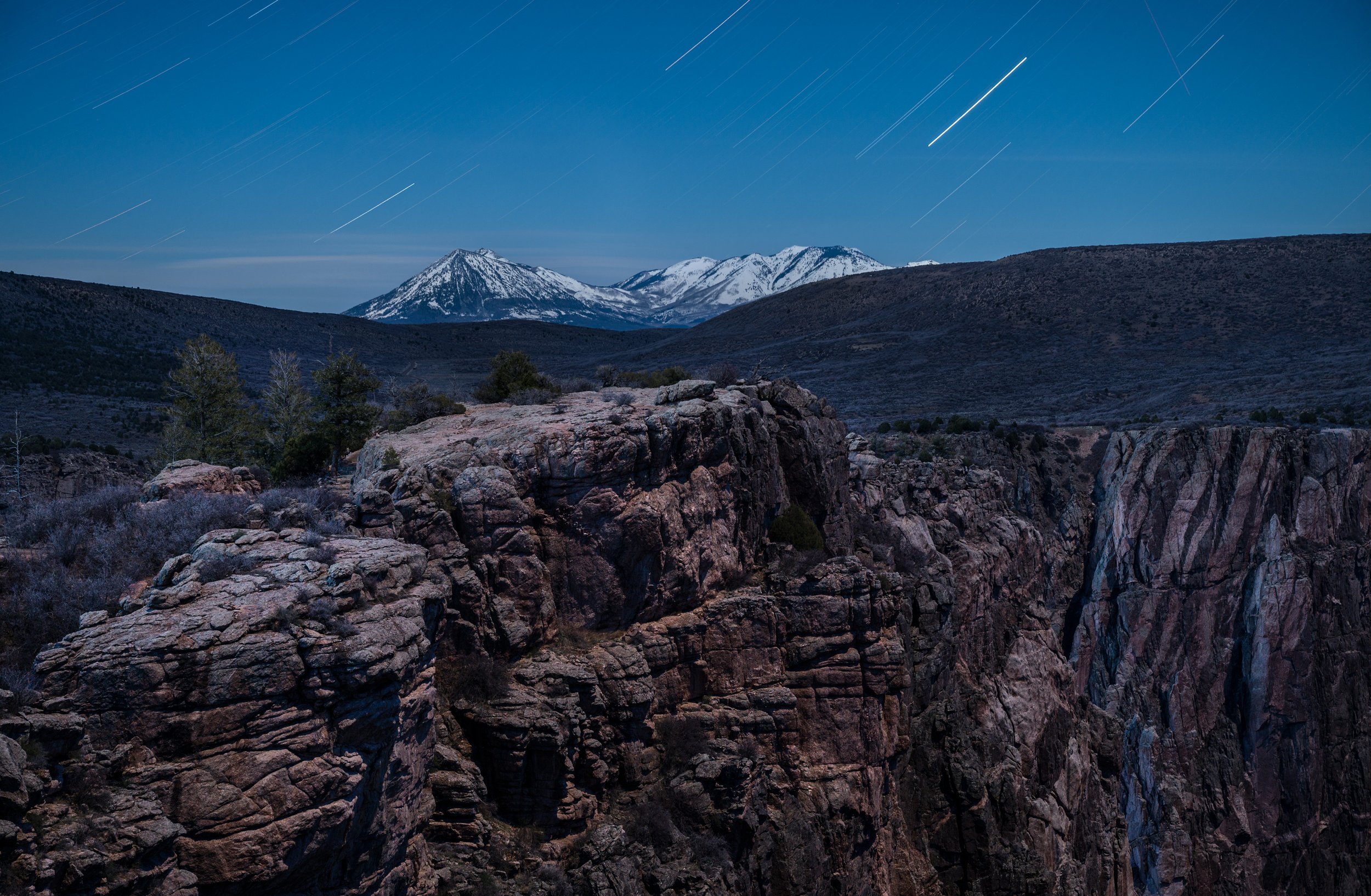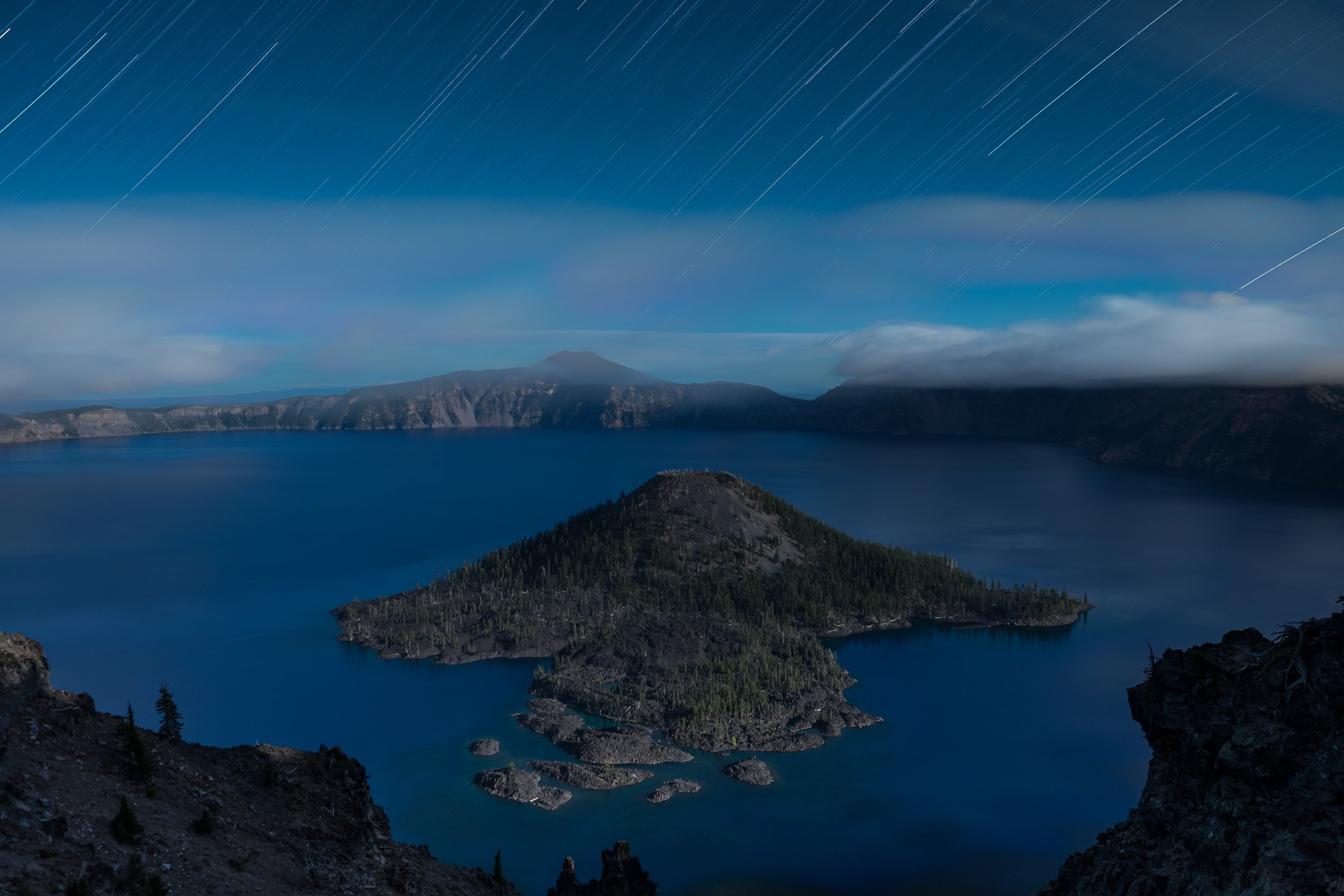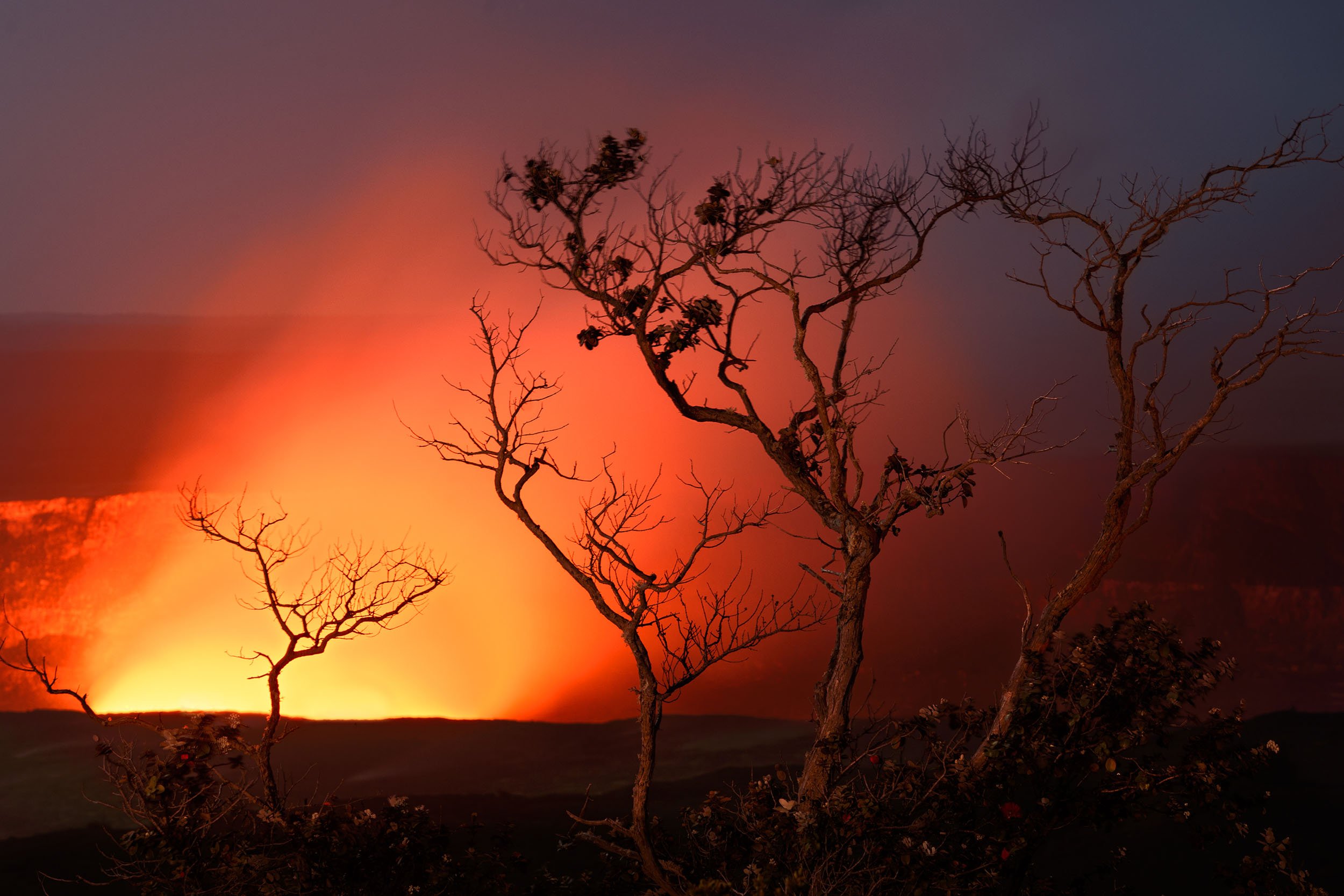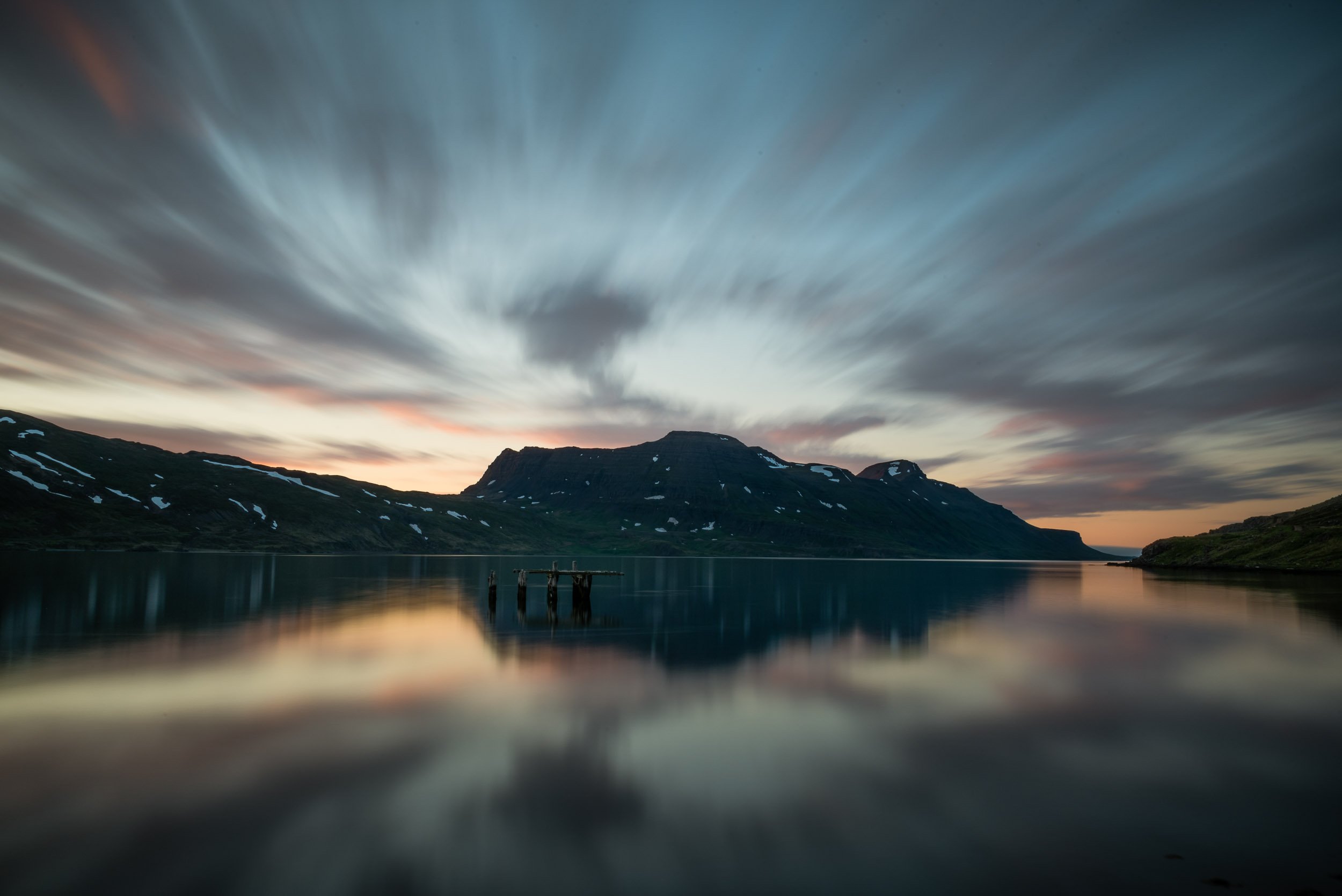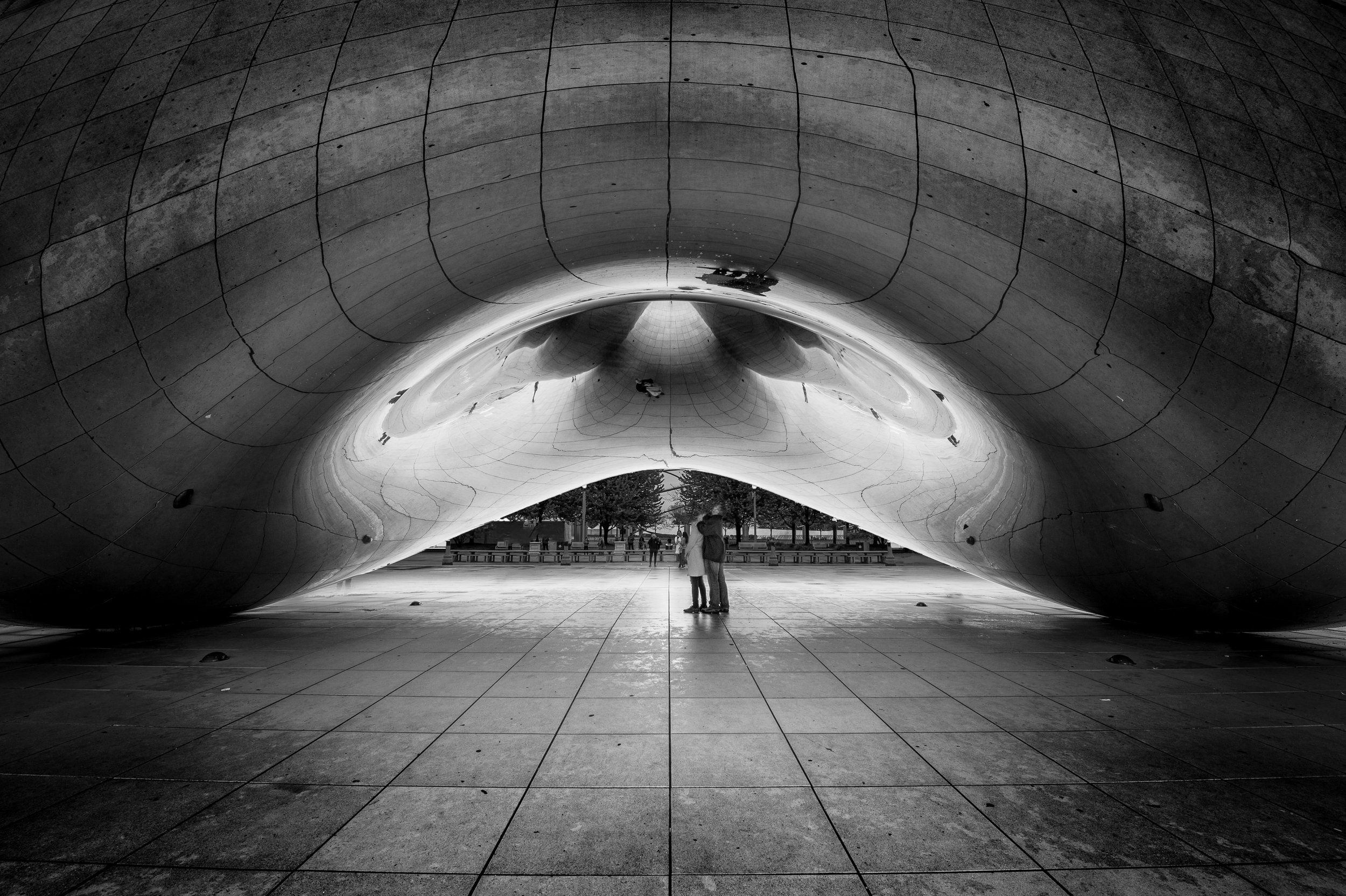Wow, can you believe it’s our ninth season of night photography adventure workshops and photo tours? It’s unfathomable how far we all have come (though we have a long way yet to go). Thank you so very much for supporting us all of these years, and we hope to see you very soon someplace awesome.
Here is a big lineup of 26 adventures and learning opportunities crafted to help you go places and be more of the night photographer you dream of becoming.
Eighteen destinations are domestic and eight are international. Yet two of the domestic destinations are outside the lower 48 states.
This year we visit five new national parks and return again to for national parks with new programming.
And whether it was by design or coincidence, we will soon be traveling to many, many islands: Bannerman, Easter, Faroe, Hawaii, Iceland, Ireland, Lofoten, Martha’s Vineyard, Monhegan and Puerto Rico.
If you’re new, or relatively new, to all of this, you might be interested in a special workshop we’re offering for only the second time next year: Our Intro to Night Photography course, this time to be held in Saguaro National Park. This workshop is for beginners to night photography. We take you step by step from exposure to focus and beyond, to get you started with seizing the night.
And one new kind of event is being offered: a night photography retreat in the Catskills that blends mindfulness, motion and creativity. Plus an all-new Rust and Ruinism tour that embraces the natural decay of human-made structure and infrastructure. We are also offering other level-up opportunities such as our Post Processing Intensive in Miami, a winter Panorama Intensive in Arches National Park and an alternate look on Death Valley.
So get ready to board planes, boats and automobiles for nocturnal adventures during 2024 and 2025.
The Workshops
Below you can read a little bit about each of the workshops we’ll be running in our ninth season. Click on the photos or the links to read even more.
If you’d like to see a lineup of all the workshops we have scheduled for 2024-25, including updates on how many tickets are available in each, see our Season 9 Workshops page:
Passport Series
These are our signature event workshops, which we hold in national parks. We teach every day, either in the classroom or on field trips, and we shoot every night in beautiful and inspiring places.
In 2024 we’ll be visiting some amazing and unique parks, including one far off the mainland, and an obscure one deep in the mountains.
This workshop brings you to breathtaking views of a narrow canyon with dark, steep walls—so steep that sunlight and moonlight barely visit its bottom. We will explore its South Rim under a crescent and first-quarter moon, photographing sheer rock face culminating in the distant rush of water below.
Black Canyon of the Gunnison — June 8-13, 2024
The winner of the National Parks at Night alumni "return to this park" vote! We will traverse the caldera of this extinct mountaintop volcano, focusing on the expansive Milky Way-topped vistas and massive star trails over the deepest lake in the U.S. Crater Lake is home to world-class dark skies and otherworldly landscapes.
Crater Lake National Park — July 7-10, 2024
Route 66 is known as “The Mother Road” and was the shortest year-round route between the Midwest and the Pacific Coast when it was established in 1926. It stretched 2,448 miles, and was the first fully paved highway in the U.S. This road trip photography tour will cover the northern section of this amazing drive, traveling the entire Illinois section and much of the Missouri section, including the star of the show, Gateway Arch National Park.
Gateway Arch National Park and Northern Route 66 — October 18-23, 2024
Great Basin lies just off the loneliest road in America. You don’t arrive here by mistake. Want to walk among the 4,000-year-old bristlecone trees that are just a few hundred feet from a spectacular glacier, or around alpine lakes reflecting the snowy mountaintops and the Milky Way? Great Basin reveals its true beauty among its many trails, and we’ll be hiking to experience it.
Great Basin National Park — August 8-14, 2024
The Big Island of Hawaii is simply amazing. Rainforests meet lava flows and the night sky blends into the endless ocean. From sea level to 13,678 feet, this island park has a stunning array of landscapes and ecosystems.
Hawai‘i Volcanoes National Park — June 6-12, 2024
There is nothing like witnessing (and photographing) a total solar eclipse. The temperature suddenly cools, your skin tingles, and the entire world stands still and collectively holds its breath. It’s surreal and spectacular. We’ll be deep in the zone of totality at Hot Springs National Park, where the eclipse is predicted to last for 3 minutes, 39 seconds. Prior to that we’ll visit the dark sky park of Buffalo National River and get a better understanding of why Arkansas definitely lives up to its nickname “The Natural State.”
Hot Springs National Park & the Solar Eclipse — April 2-9, 2024
Yellowstone has pretty much everything a nature photographer could want to shoot, and we're going after it all! Explore the northern half of this epic park, where mountains reach high and valleys bottom out to beautiful rivers that meander through grasslands. We'll also explore waterfalls, geysers, hot springs, vast landscapes and more, under tantalizing Wyoming night skies.
Yellowstone National Park North — September 2-7, 2024
Adventure Series
The U.S. has other amazing places to shoot at night outside of national parks, and we like visiting those too. National monuments, national forests, scenic byways, urban ruins and more.
Our upcoming Adventures include a lighthouses workshop on an Atlantic island, a winter week dedicated to panoramas and a black-and-white adventure in the Deep South.
Join us for a masterclass in panorama photography—during the night and daytime, combining big sky, high desert, natural stone and earth formations to form unforgettable images. This is a small class size with big results for those who aspire to master this craft inside and out.
Arches: Panorama Intensive — February 16-21, 2024
Just 1.5 hours north of New York City rests one of the most impressive ruins in New York state: Bannerman Castle. Built at the turn of the 20th century, it served as an armory, warehouse and mystery to those passing along the Hudson River. This is a rare opportunity to spend the night on an inspirational island and create epic night photos of the castle until the dawn breaks the evening sky.
Bannerman Island — June 15-16, 2024
Combine the craft of night photography with mindfulness and physical motion for a relaxing, invigorating creative reset. Join us for a unique experience: a night photography retreat in the beautiful Hudson Valley of New York and the Catskill Mountains.
Catskill Night Photography Retreat — October 25-27, 2024
Death Valley is the largest national park in the continental U.S., yet most photography workshops tend to visit the same spots again and again. The park has a lot more to see, and this workshop is going to see it. We'll be avoiding the usual hotspots in favor of driving to and photographing other amazing sights around the park, from a volcanic crater to a Joshua tree forest to an old salt mine and more. Even (believe it or not) a desert waterfall!
Death Valley Alternate Tracks — December 2-7, 2024
You’ve almost certainly seen night photos on Instagram. Photos of beautiful points of stars, a stunning Milky Way, light-painted cactuses with their arms stretched to the sky. If you’ve dreamed of making photos like these, but you’ve never tried, or you’ve tried and failed, then we’re here to help. Join us in Saguaro National Park, the national park jewel of the Sonoran Desert, for five nights of learning how to shoot in the dark.
Intro to Night Photography: Saguaro — October 18-23, 2024
We'll start in western Cape Cod, with 2 nights of private access to a privately owned lighthouse, then we'll ferry over to Martha's Vineyard to embrace island life with bright blue skies, plenty of sandy beaches, the smell of fresh seafood and of course more lighthouses to photograph! For an additional 4 days and nights, we'll explore the island and photograph four of its iconic and historic beacons.
Lighthouses of Martha’s Vineyard — April 28-May 4, 2024
National Parks at Night returns to Monhegan for a full five-night workshop on one of our favorite islands. Monhegan is a place that people go back to over and over again. It’s hard to stay away for long. We’ll explore this peaceful oasis entirely on foot, covering subjects such as the local lighthouse, the village, the waterfront cliffs and a nearly century-old shipwreck.
Monhegan Island — August 30-September 4, 2025
From the bustling urban streets of San Juan to the serene coastal landscapes, you’ll capture the island’s diverse beauty under the moon and stars. Iconic lighthouses along the coast, bioluminescent bays aglow in the night, diverse nature preserves and the remnants of former plantations offer a rich canvas for your nocturnal photographic explorations. Days will be spent experiencing the vibrant culture and one-of-a-kind mix of West African, Caribbean, Spanish and mainland American cuisine.
Puerto Rico — March 17-25, 2024
Rust and ruinism find their allure in the beauty of decay. From the period architecture of the Mansfield Penitentiary and the Trans-Allegheny Lunatic Asylum to the arrested deterioration of the mighty Carrie Furnaces, we’ll photograph some of the best urban decay in Ohio, West Virginia and Pennsylvania.
Rust and Ruinism — June 23-28, 2024
Founded in 1733, Savannah is one of America’s oldest cities and is steeped in history. From its Civil War forts and antebellum architecture to its cobblestone streets and city squares, this jewel of the south is a photographer's playground.
Savannah in Black and White — November 10-15, 2024
Voyager Series
As much as the U.S. is beautiful and dynamic, so is the rest of the world. We’re always on the lookout for beautiful landscapes and fascinating cultures to immerse ourselves in, especially in the dark. Over the next two years (we plan these trips a little further out), we’ll be heading to overseas destinations that range from northern European islands to northern Africa and more.
Twelve days and 11 nights of great experiences and more in a big adventure in a small Scandinavian country. We’ll spend time in small villages and along the beaches, and we’ll explore the long summer twilights with the country’s varied and iconic lighthouses. From city to country, shoreline to shoreline, you’ll see and eat your way through the world’s oldest monarchy.
Denmark — July 7-18, 2024
Few places on earth are as mysterious or compelling as Easter Island. The giant stone figures known as moai oversee this remote island 2,200 miles off the coast of Chile. Most of Rapa Nui, as it’s known to the locals, is a national park. Not only is it hard to get to Easter Island, it is notoriously difficult to access the park after the sun goes down. But we will be taking a lucky group of fellow night photographers on this rare opportunity of spending an unforgettable week with the moai.
Easter Island — February 10-17, 2025
The Faroe Islands offer some of the most dramatic landscapes in the northern hemisphere. Faroe is an archipelago of 18 windswept islands between the Shetlands, Iceland and Norway. Mostly long and narrow, the islands rise steeply from the sea, with villages along the coastline wherever there is safe harbor. Many of the islands are connected by undersea tunnels, and villages on opposite ends of individual islands are connected by tunnels through the mountains.
Faroe Islands — May 11-20, 2024
This tour is based in Westport and Ballina, two charming towns of County Mayo, the gem of Ireland's west coast. From there we’ll make daily excursions to far-flung places such as Achill Island in the north and the edge of Connemara in County Galway to the south. Ruined abbeys, the castles of Mayo’s legendary Pirate Queen Grace O’Malley, and deserted-village timescapes all await.
Ireland: County Mayo — April 15-23, 2024
Our favorite location to experience the auroras, which have been climbing to a solar maximum over the last few years. This will be a winter workshop focused on photographing the rugged snow-covered mountain islands, northern lights, pristine fisherman huts, and the untouched beauty of this remote and breathtaking region of the world. March is a perfect time to visit Lofoten—the milder winter temperatures make the overall experience ideal for catching the auroras over a snow-globe winterscape.
Lofoten Islands — March 12-20, 2024
Majestic Morocco. Colorful spice markets, ancient earthen kasbahs and medinas, and a city painted blue are just a few of the mesmerizing locations we’ll explore. From the hustle and bustle of the markets to the starry skies of the Sahara and on to the Strait of Gibraltar, our trip will leave you with incredible memories (and photographs) of the people, places and food that have made Morocco such an exotic destination for so many years.
Morocco — November 10-24, 2025
Iceland: Westfjords
Puffins, herring factories and blueberries, oh my!
The northwest corner of Iceland is a dazzling and deeply indented coastline featuring about 30 fjords, each with different surprises awaiting discovery. We’ll visit the best place in Iceland to see puffins, spend 3 nights in a hotel that once housed herring workers, photograph waterfalls, swim in a geothermal swimming pool and wander some of the most magnificent landscapes you’ll ever see.
Iceland: Westfjords — September 7-13, 2024
Immerse yourself even more fully into the remotest part of the remotest part of Iceland: the Hornstrandir Nature Reserve. We’ll camp in style during a fully catered experience in this sub-arctic wilderness. Days will be spent observing and photographing arctic foxes, as well as hiking through the valleys and up into the hills along the ubiquitous cascading waterfalls. There will be a night in Reykjavik with a welcome dinner, and a night on either end of the camping experience in Isafjordur, the largest town in the Westfjords.
Iceland: Westfjords Camping — August 31-September 7, 2024
Skills Series
All of the aforementioned workshops and tours focus a lot on exploration. Our Skills Series events focus on learning something specific—still in an inspiring place, but we focus on a precise skill set. Next year in this category we’ll be teaching post-production on the beautiful shores of Miami.
You’ve spent a lot of time building your camera skills and honing your photographic vision. Now it’s time to take it to the next level. Over 6 days in the heart of sunny Miami, we'll teach all the skills needed to use modern technology to finish our photos, and even to create images that were impossible only a few short years ago.
Post-Processing Intensive: Miami — November 11-16, 2024
A Few Notes
Before we get into the specifics of the workshops, we’d like to share a few ideas.
How are Some Already Sold Out?
As a special thank you to those who attend our workshops, who sign up for our waitlist and who subscribe to our email list, every year we announce our itinerary to those three groups before “going public.”
This year, as usual, our community has committed very strongly to many of the workshops. (Our gratitude is infinite.) Because of that, nine of our new workshops and tours sold out during the past week. Additionally, two other events were announced last year and sold out some time ago.
Still, as of press time, 15 of our Season 9 workshops and tours still have seats left, so it’s easy to join us in amazing places such as Gateway National Park and Northern Route 66, Morocco, the Faroe Islands, and more!
If you really want to go to one of those other places with us …
We Can’t say it Enough: Use the Waitlist
Openings happen for almost every workshop, and those spots always get offered to the waitlist first. If you see something you really want to attend and there are no tickets now, we urge you to sign up for the waitlist today.
Seize the Night in Season 9
As we wind down our 2023 itinerary, we’re looking forward to a winter break from travel, followed by an epic Season 9 full of adventures and stars.
Where will you be joining us? Wherever the destination, we’re looking forward to seizing the night with you soon.

